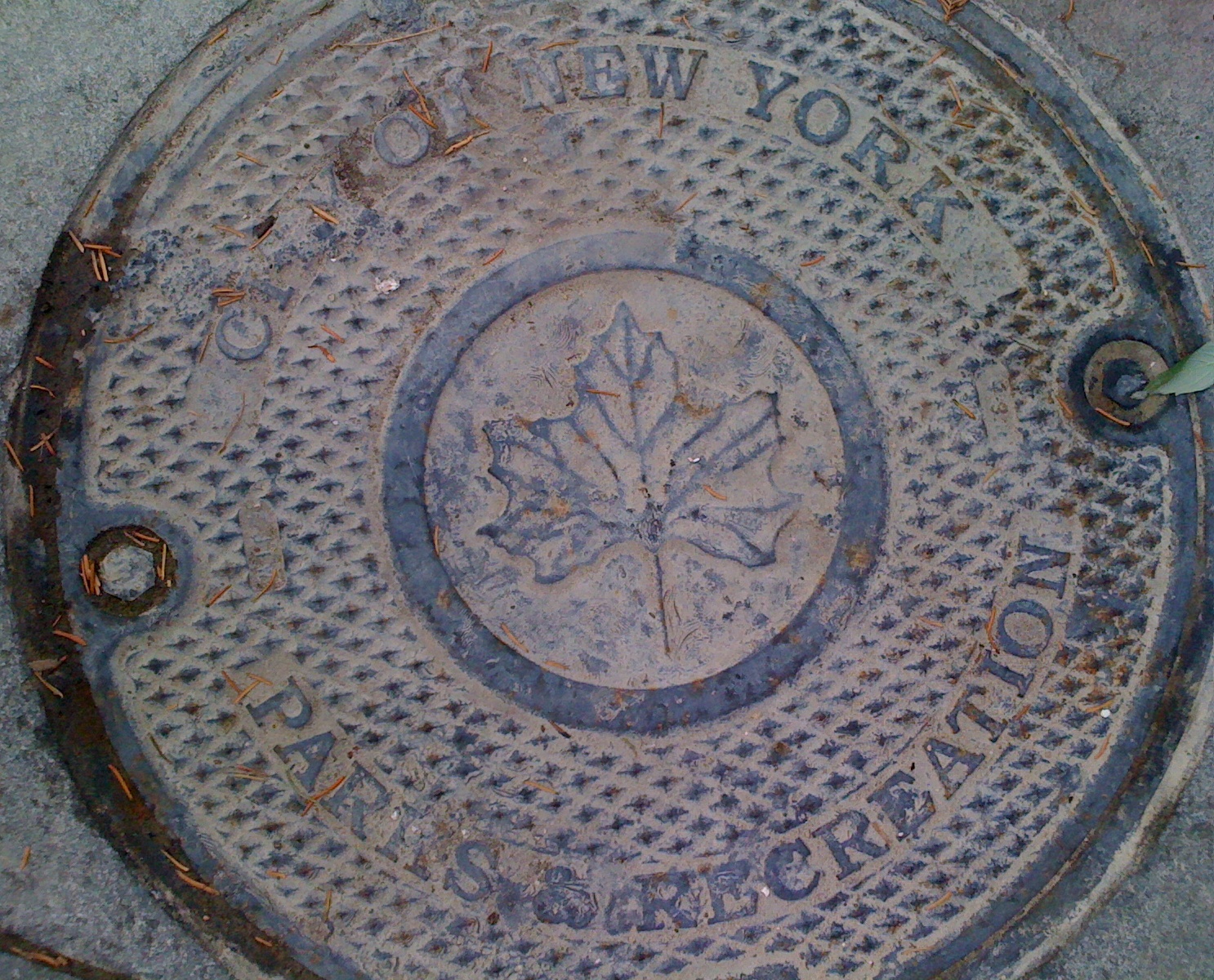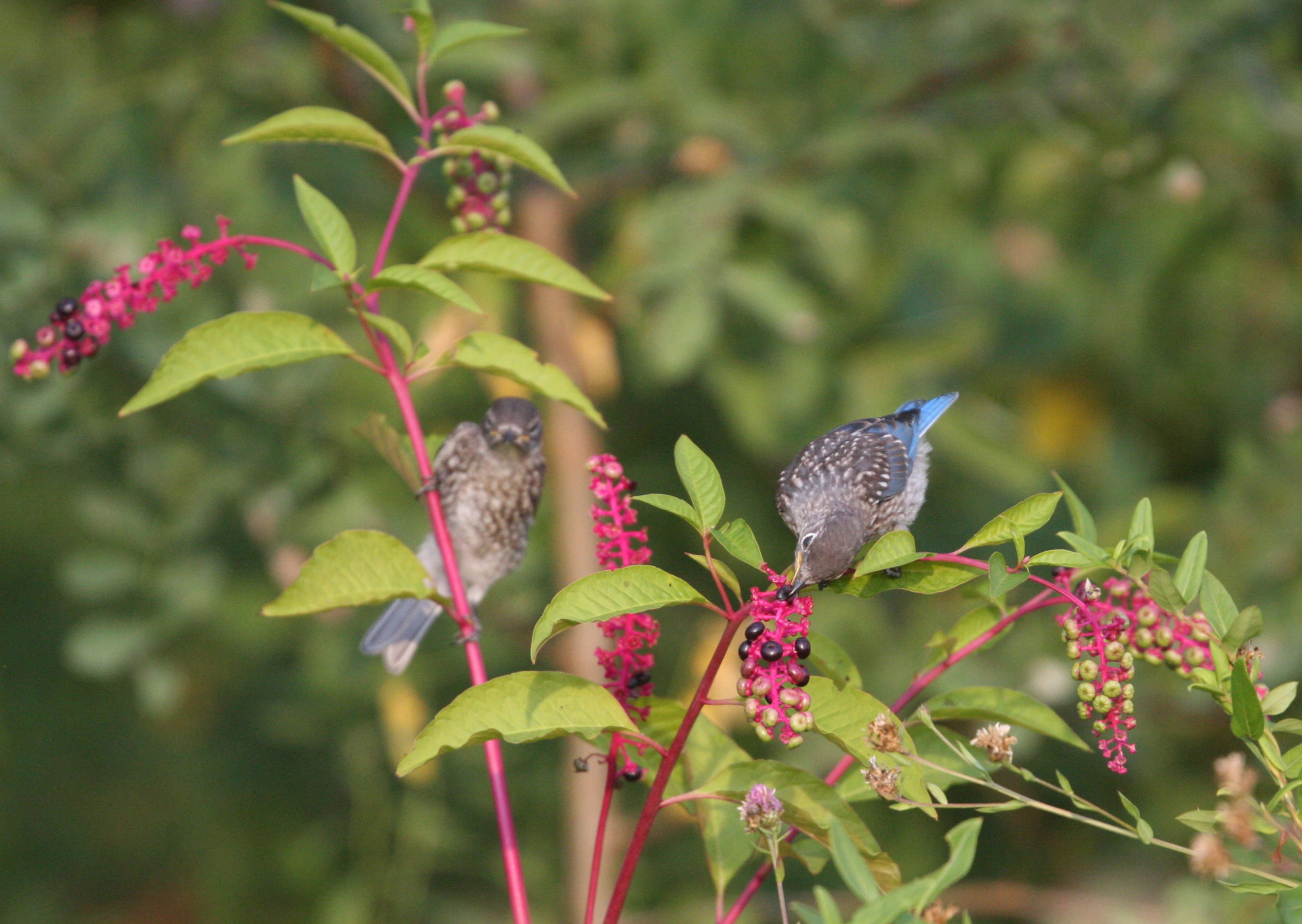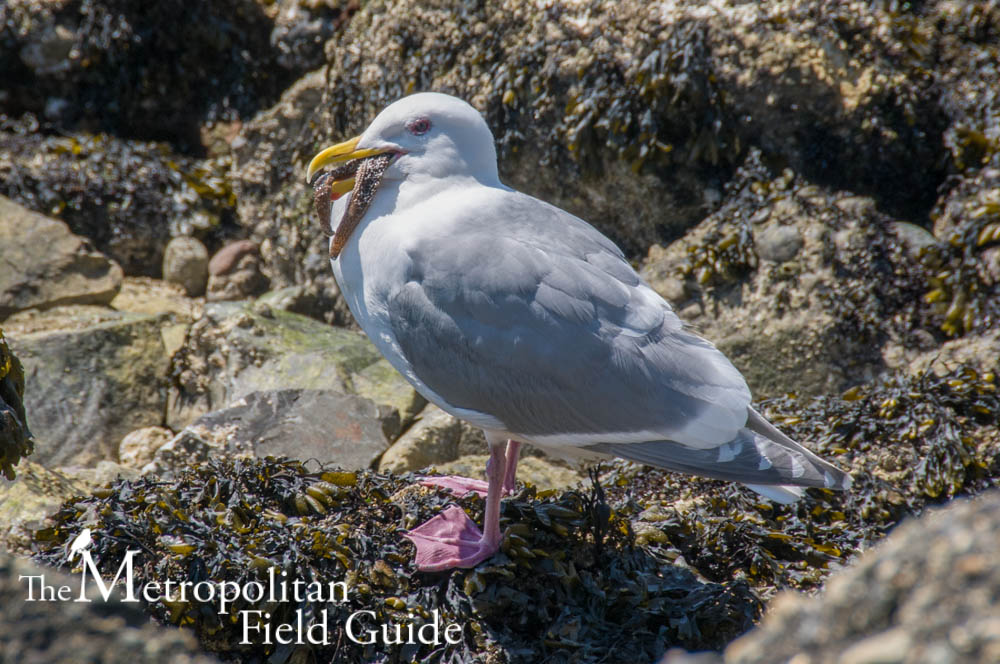(Image via Georgia Silvera Seamans)
On Being Misunderstood is a new feature at The Metropolitan Field Guide which will look at the variety of flora and fauna we live with which are too commonly misunderstood. From plants to wildlife, many of our daily interactions with these species are often negative or confused. Many of these reactions are based on misinformation. This new feature seeks to combat these misconceptions by bringing in guest writers to explain some of these species to us so we all have a better understanding and to set the record straight.
If you would like to contribute to this series as a guest writer, contact me and let me know!

Our first guest writer which has graciously accepted the challenge is Georgia Silvera Seamans, author of the wonderful local ecologist blog. Georgia takes on the London Planetree, a popular urban tree which is a hybrid cross between the American Sycamore and the Oriental Planetree. These trees became very popular in London because of their incredible resistance to urban pollution and extreme durability to the conditions of city life. They are now found in many major cities in the US in addition to European cities such as London and Paris. They’re used by some bird species such as warblers and woodpeckers to nest in thanks to the high canopy and by many species to forage for insects in. The seeds are also good foraging for a variety of birds such as juncos, finches, red-tailed hawks and even some mammals like squirrels. Cavities in the trunks provide nesting for birds such as owls and flycatchers.
London Planetree
by Georgia Silvera Seamans, http://localecologist.blogspot.com
I used to think the logo of the New York City Department of Parks and Recreation was a stylized London planetree leaf but recently learned that the species has not been identified officially. The logo could also be a stylized maple leaf. I like to think the logo is modeled on a London planetree leaf because the species is the most common street tree across the city’s five boroughs.

London Planetree (Image via Georgia Silvera Seamans)
Not only are the phenotypic traits of the London planetree and maple similar but their Latin names are, too. The Latin name for the Maple genus is Acer and the Latin name for the London planetree is Platanus acerifolia. Furthermore, there is a sycamore maple or Acer pseudoplatanus!
So, how do you tell the difference between a maple and a London planetree leaf? If you are lucky, you will have access to the tree from which the leaf came. If the tree bark is camouflaged, then you have a London planetree leaf.
If you do not have access to the tree but to a stem of leaves, is the branching pattern opposite? The four types of trees with opposite branching pattern are maple, ash, dogwood, and horsechestnut.

Silver Maple (Image via Georgia Silvera Seamans)
If you only have access to the leaf, is the sinus sharp or rounded? London planetree leaves have rounded sinuses. Silver (A. saccharinum) maples do, too. Red maple has three lobes while silver maples and London planetrees have five lobes. However, the Silver maple leaf is long and narrow while the silhouette of the London planetree is round.

Norway Maple (Image via Georgia Silvera Seamans)
The London planetree leaf most closely resembles those of the sugar (A. saccharum), sycamore, and Norway (A. platanoides) maples but sugar and Norway maples have deep, rounded sinuses while the London planetree has shallowly rounded sinuses. The sycamore maple has v-shaped sinuses.
Let me know if you find this leaf key helpful and happy tree spotting!










I love the challenge of maples v. sycamores.
However, the hard part in North America, I think, is distinguishing between a London Plane and its American parent, particularly with amount cross-breeding which has gone on. I don’t know if the Asians have the same\ difficulty distinguishing the Asian parent.
The only the only test I find that is reliable in the field: an older tree that has a straight, tall trunk and the bark at the bottom has lost the camouflage look and is now craggy- light to medium brown is definitely an American Sycamore. Some say you can distinguish by the shape and size of the leaf, the number of seed pods in a cluster, or whether the under bark is more creamy or more white but a study of a 100 local trees in Stamford CT didn’t find these distinctions always reliable.
BTW: in my neck of the woods, Acer rubrum (swamp or red maple) has a v-shaped sinus which is helpful to distinguish it from the sugar maples and (invasive) Norway maples, that have rounded sinuses.
Love the new series, and this first post – thanks, Georgia and Kelly.
Sue: thanks for the peer review. It is not only in your area where the sinuses of red maple leaves are v-shaped! The error is mine.